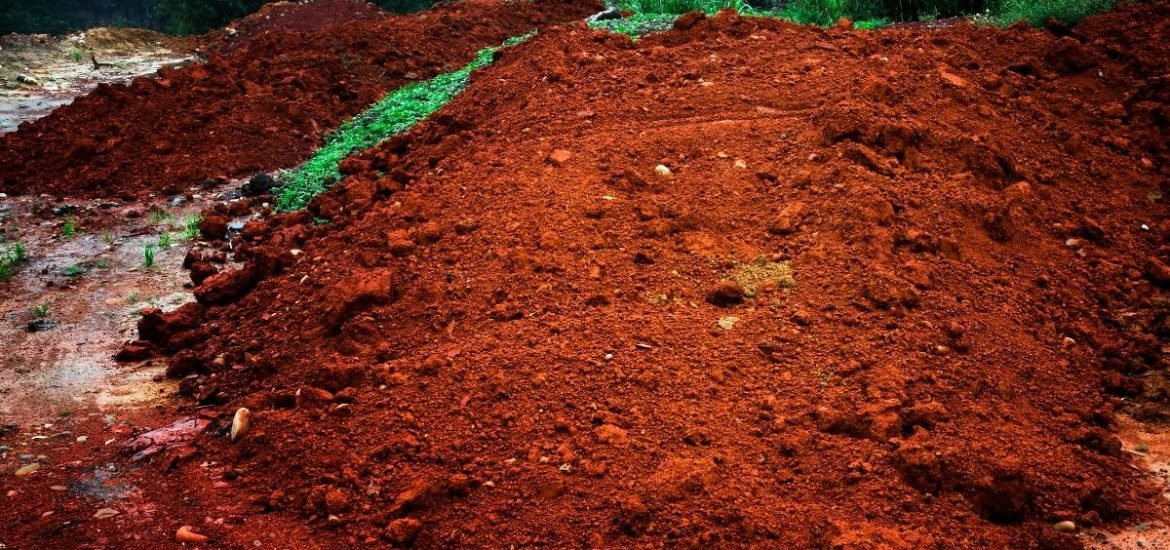
A new paper published on 17 June in Nature Ecology & Evolution evaluates the potential impacts of climate change on societies by looking deep into the ancient past.
In particular, the authors found that climate extremes will harm certain countries. So-called “climate refugees” will be pushed from ancestral homes into more temperate and developed places less affected by climate change, placing great stresses on host countries.
Tracing the impact of past climate change on ancient Amazonian societies
The international team of researchers reviewed data from paleoecological, archaeological and paleoclimate studies, thereby combining information on changes in natural vegetation and cultivated plant species, as well as variation in rainfall and disturbance regimes — including floods, fire, disease, or wind — and changes in cultural practices and population movements.
More specifically, they focused in on six regions of the enormous Amazon Basin — it is estimated that 8-10 million people lived in the region before European contact — during the last few millennia: the Guianas Coast, Lianos de Moxos, and the Eastern, Central, Southwestern and Southern Amazon.
One important indicator of agricultural practices was an abundance or lack of Amazonian Dark Earth or terra preta, which is a type of very dark, fertile artificial soil found in the Amazon Basin. produced by the accumulation of organic materials, including charcoal, into soils through time, which provides a long-term investment in soil fertility, further buffering against extreme changes in climate.
Furthermore, by looking at archaeological remains — and more specifically, examining pottery, elaborate architecture and earthworks, including raised fields, burials sites, canal systems, and fields burned for agricultural use — the authors gained insights into political hierarchies.
Hundreds of radiocarbon dates allowed the researchers to establish the order of events, which helped to determine how populations responded to climate pressures and migration. In addition, the Global Charcoal Database enabled them to explore linkages among past fire histories, climate change and the role of humans around the globe.
Lessons for the future
The findings clearly indicate that climate played a dominant factor in social and cultural changes in ancient Amazonia. But other subtle consequences occurred as a result of subsistence and cultural practices as well as migration. The study also details migrations and conflicts that may have taken place in response to extreme climate change.
Other studies suggest more recent impacts of climate change on migration and conflict. Indeed, current ongoing conflicts have led to questions about the influence of climatic conditions on political unrest and civil war. Losses in crop productivity and water availability have historically led to the movement of people into cities. Moreover, violence has frequently erupted over access to resources.
While some groups underwent major reorganization, “others were unaffected and even flourished”. In the long term, cultures that depended on polyculture agroforestry, such as varying crops and fruit trees, were more resistant to climate change.
The authors also note that diverse agriculture associated with dark soil, including corn and squash, may have made some societies better able to withstand climate change.
Interestingly, the study mirrors other recent works showing that some communities are far more vulnerable to climate change than others, such as those less capable of adapting to climatic events. And may also depend on the population size, political organization, and economy